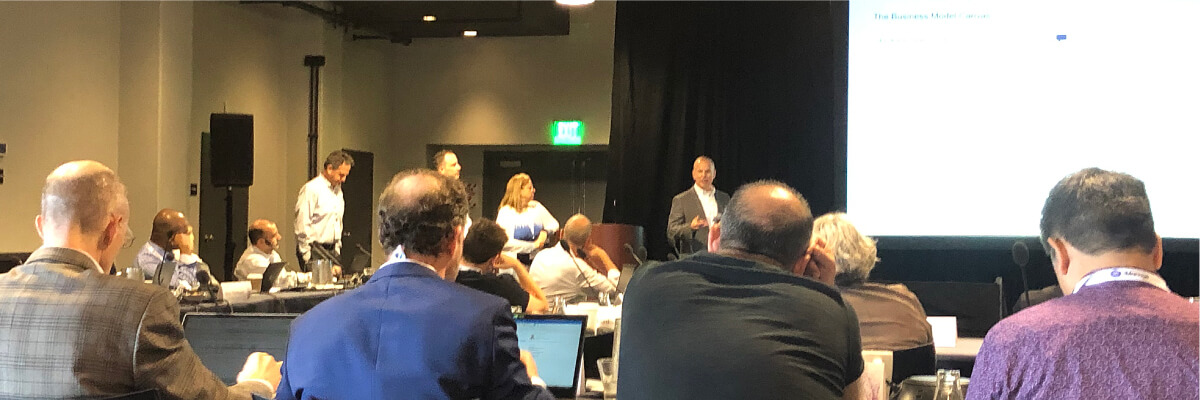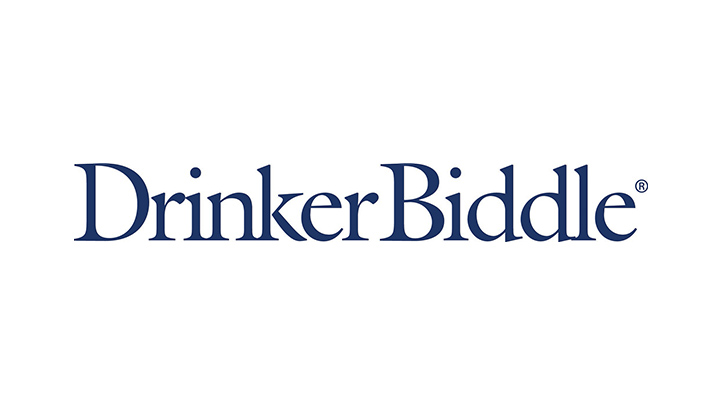Law firms today face unprecedented challenges from a rapidly changing market and technology landscape.
- A new generation of professionals are coming in with new expectations of what technology can do and what law firm support for them looks like
- New emerging threats have forced firms to put information behind ethical and policy-based walls creating a barrier to sharing, identifying, and extracting knowledge
- Clients are demanding greater value, transparency, and visibility and new ways of working with legal professionals which challenges traditional models and forces organizations to consider new economic models
- New technologies such as AI, robotic process automation, and more create new opportunities and complexities as firms strive to improve operations and return internal costs, while finding unique ways to deliver value to clients
Many firms have brought on knowledge management and innovation officers to complement the already existing role of Chief Information Officer to address these challenges. So, there are both new and conflicting ideas and initiatives being raised by many organizations for how to proceed.
According to new iManage research of more than 300 respondents from firms of at least 500 lawyers conducted by Janders Dean, only 40% said knowledge management, technology and innovation are well aligned and coordinated and understand each other’s goal, while 30% said these groups are in constant conflict or not aligned.
Can we all just get along?
This is why iManage recently convened its Legal Innovation and Technology Leadership Summit (LITLS) in Boston bringing together large law firm experts to discuss market trends and best practices, and come together on ways to effectively address them.
Now in its 18th year, LITLS strives to break new ground by bringing together large firm experts to collaboratively focus on strategic issues impacting large law firms for the next several years. This year for the first time, the audience was extended beyond Chief Information Officers (CIOs) to include chief knowledge and chief innovation officers as we recognize that unless these three key functions find commonality and effective ways of working together, law firms won’t be able to achieve the kind of digital transformation required to emerge from today’s changes in a better position.
Guided by an advisory board of 10 executives from large firms including Allen & Overy, Mayer Brown, Reed Smith, Skadden and Weil, the group determined that there were 4 key areas that required cross functional collaboration and discussion to develop effective solutions:
- Future Skills & Cross-Functional Collaboration: How to work better together – to resource, plan, empower, and enable the current and future workforce to meet the organizational and client needs
- On the Horizon – Building the Technology Foundation and Preparing for the Future: How to best build an agile, service orientated architecture to support the ever-changing needs of the organization
- Evolution of Legal Product & Service Offerings: How to design, deliver, and maintain legal product and service offerings in the current and future landscape
- Embracing the Future Opportunity – Collaborative Client Engagement Models that Deliver: How to create a framework to engage and collaborate with clients to better understand and deliver on their needs. What teams, technology and approaches are needed to deliver?
At LITLS, 7 groups–each comprising a mix of innovation IT and knowledge officers–tackled these four topics by engaging in a design jam session. After working together for the full day, each group then presented its proposed solution to the overall audience which then voted these two solutions as the most promising:
- A comprehensive framework for supporting law firm productization with the goal of increasing revenue by 10-15% and firm profit by 20-30%
- A proposal to create a Legal Operations team and support program to provide better support and collaboration to lawyers, so that billable time increases, yet clients experience superior service and responsiveness
Attendees also uncovered and discussed key barriers to implementing innovation.
It’s interesting to note that among the barriers are current compensation practices in law firms and how partners and associates are rewarded based on behaviors. Although relevant and insightful, many attendees felt that touching upon these areas could not be effective until the lawyers themselves decide at this is an area open for innovation.
In some respects, this shows that that the challenge law firms have today is truly innovating when it begins to affect partner compensation. This means that many large firms may still come under attack from innovative law firms that choose to pursue different compensation models and the LPO organizations that offer an integrated suite of services and more commercial pricing.
So, it’s clear that these and other innovative areas need forums like LITLS to spur greater cooperation and collaboration across more functional centers in a law firm to be effective.
Over 60% of our attendees agreed that the Jam framework provided an effective way to explore these issues and create new paths for collaborative problem solving. To date no other event has brought together these three key functions on the top law firms to collaboratively explore how we will address the challenges of the future.
iManage remains committed to exploring these areas, and in future events and communications we’ll be exploring the winning areas in greater detail, and use this as a springboard for planning additional thought leadership activities bring together knowledge professionals, IT professionals, and innovation professionals in large law.





